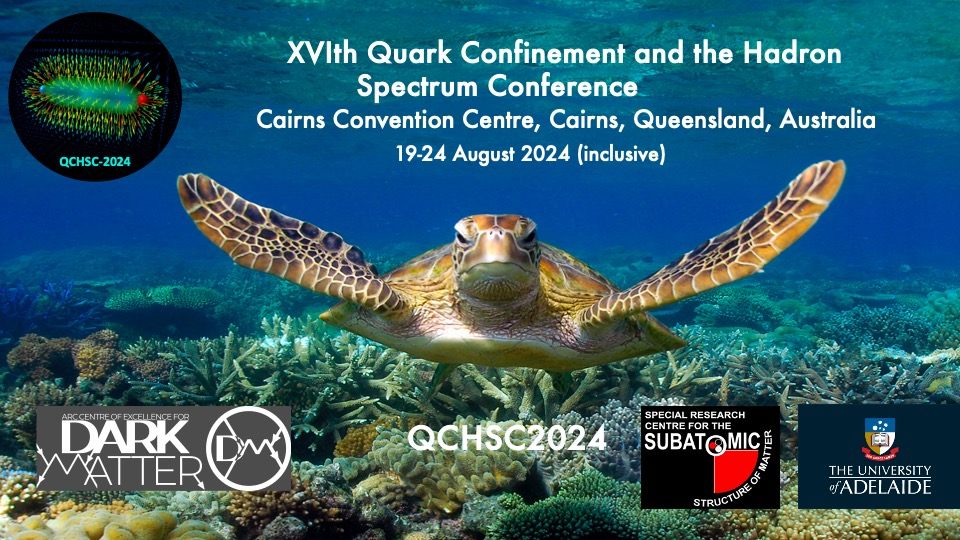Speaker
Description
The self-interacting nature of gluons remains one of the most fascinating characters of QCD. An observation of glueball states will be the ultimate validation of low energy QCD. The radiative decay of the $J/\psi$ meson is a gluon-rich process and is therefore regarded as an ideal place for searching and studying glueballs.
Based on $(10087\pm44)\times10^{6}$ $J/\psi$ events collected with the BESIII detector, a partial wave analysis of the decay of $J/\psi\rightarrow\gamma K^{0}_{S}K^{0}_{S}\eta'$ is performed and spin-parity of the X(2370) is determined for the first time to be $0^{-+}$ [PRL.132.181901(2024)]. Besides that, the mass and width of the X(2370) are measured, as well as the corresponding product branching fraction $\mathcal{B}[J/\psi\rightarrow\gamma X(2370)] \times \mathcal{B}[X(2370) \rightarrow f_{0}(980)\eta'] \times \mathcal{B}[f_{0}(980) \rightarrow K^{0}_{S}K^{0}_{S}]$. The measured properties of $X(2370)$ are consistent with the predictions of the pseudoscalar glueball candidate by lattice QCD calculation. In addition, recent results on the psedoscalar spectroscopy from BESIII will also be presented, including J/psi->gamma KKpi [JHEP 03, 121 (2023)]and Jpsi->gamma gamma phi[arXiv:2401.00918].
